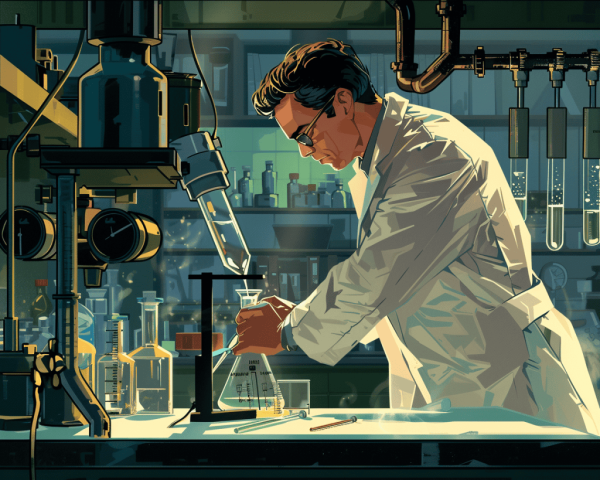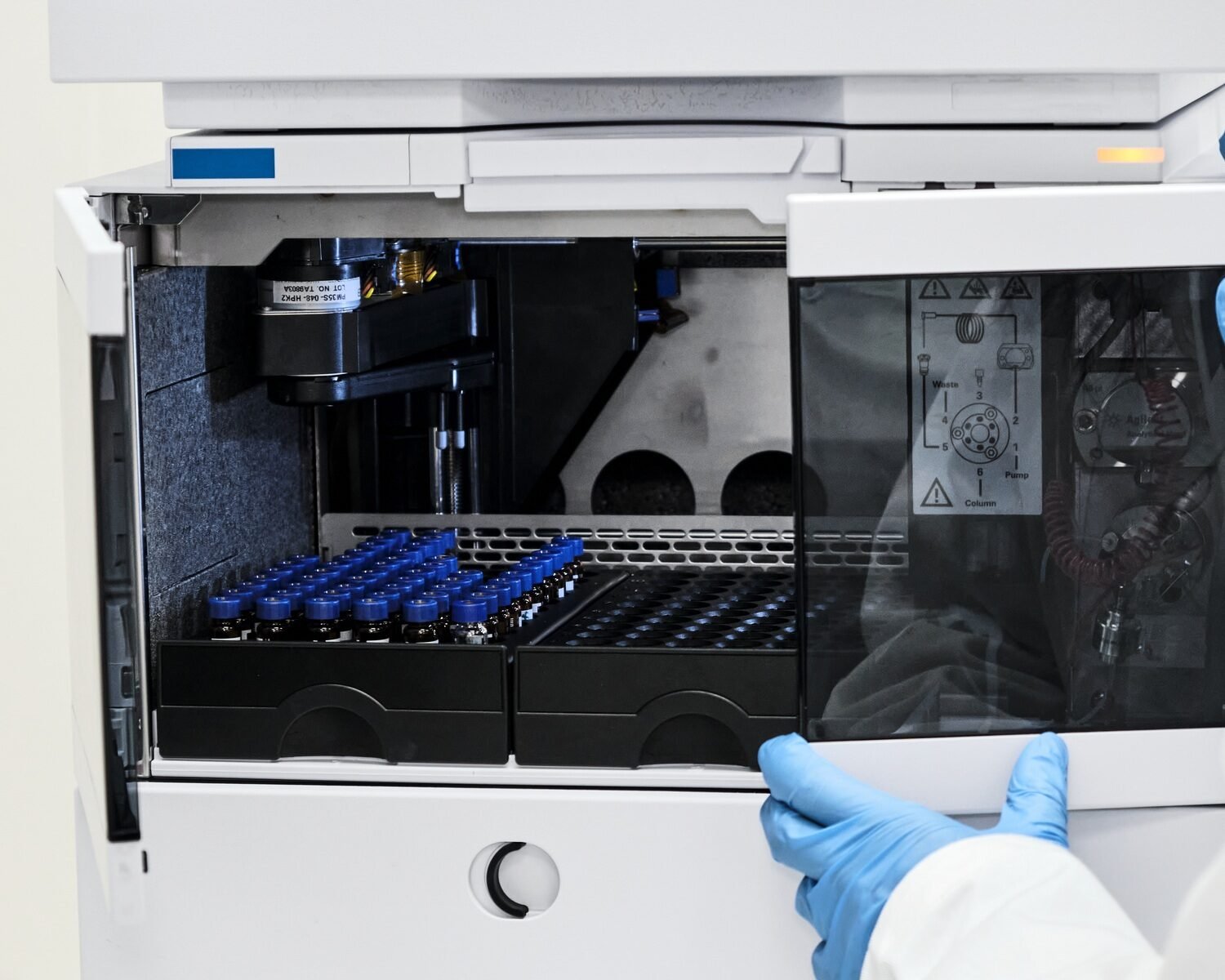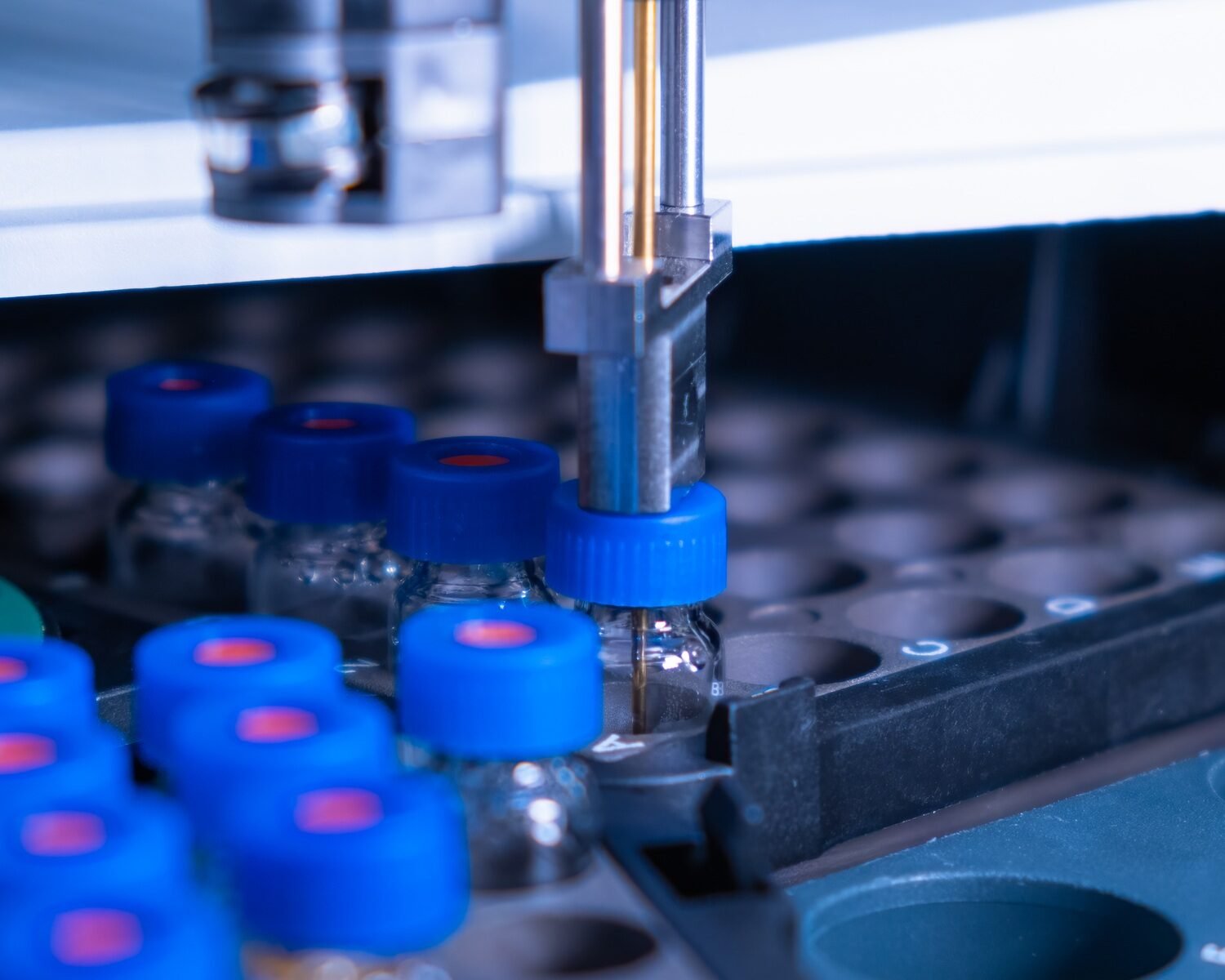Introduction
Creating a reference solution for HPLC analysis can be daunting, especially if you’re just starting out. But don’t worry, I’m here to guide you through it step-by-step. Have you ever felt overwhelmed by the technical details in your HPLC manuals? You’re not alone, and I’m here to help you simplify the process.

What is a Reference Solution in HPLC?
A reference solution is a standard solution used as a benchmark in HPLC (High-Performance Liquid Chromatography) to ensure the accuracy and precision of your analysis. It’s essentially your yardstick for comparison. Without it, your HPLC results might as well be guesses.
Why is it Important?
Why go through the hassle of making a reference solution? Simply put, it ensures your results are reliable. Imagine running multiple samples and having inconsistent results – frustrating, right? A well-prepared reference solution can save you from that headache.
Steps to Prepare a Reference Solution
Gather Your Materials
First things first, you’ll need:
- The reference substance (often a pure compound known for its stability and reproducibility)
- Solvent (usually the mobile phase used in your HPLC system)
- Volumetric flask
- Analytical balance
- Pipettes
Weighing the Reference Substance
Accuracy is key here. Weigh your reference substance carefully using an analytical balance. Aim for precision – even small deviations can affect your results.
Tip: Have you noticed that your balance fluctuates? Make sure it’s calibrated correctly and placed on a stable surface to avoid this.
Dissolving the Reference Substance
Transfer the weighed reference substance into a volumetric flask. Add a small amount of your solvent to dissolve it. Swirl gently to ensure the substance is completely dissolved.
Question: Do you find it challenging to dissolve certain substances? Sometimes, a bit of heat or sonication can help.
Diluting to Volume
Once the substance is dissolved, fill the volumetric flask to the mark with the solvent. Make sure you’re at eye level with the mark to avoid parallax error. Precision is critical here!
Mixing Thoroughly
Cap the flask and invert it several times to mix the solution thoroughly. You want a homogeneous solution for accurate results.
Interactive Question: Have you ever noticed bubbles forming when you mix? Try to avoid vigorous shaking; gentle inversion usually does the trick.
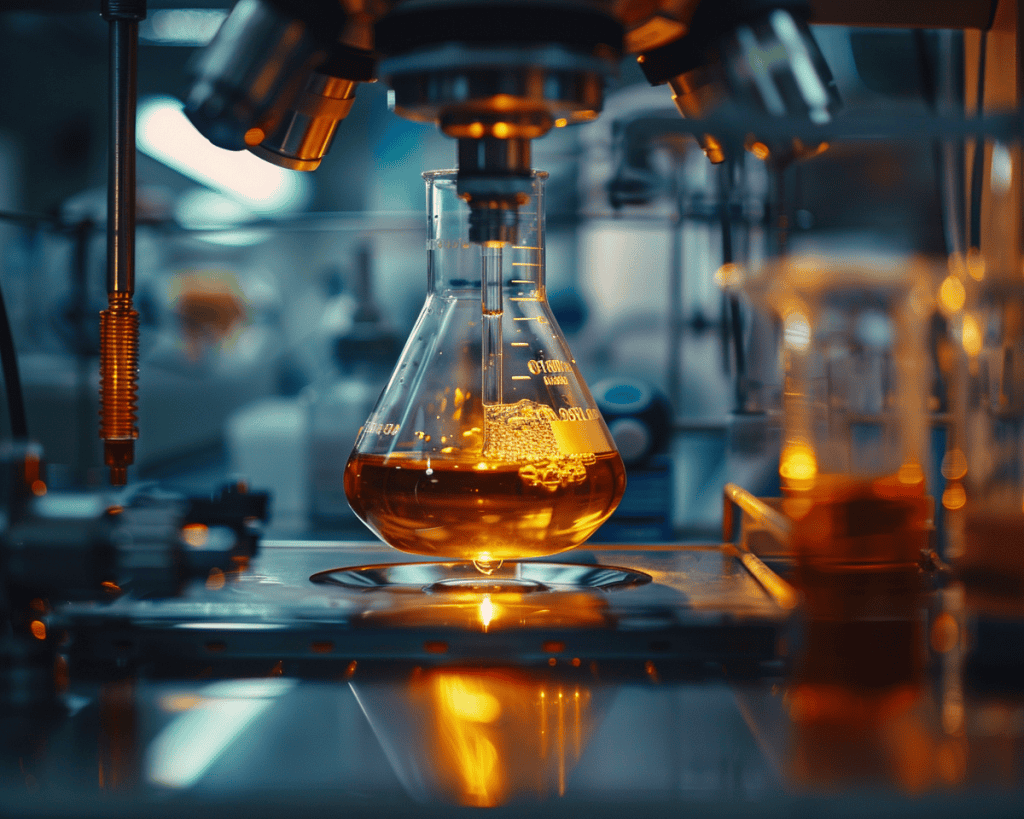
Verifying the Reference Solution
Running a Test Sample
Run the reference solution through your HPLC system to verify its accuracy. Compare the results with the expected values. This step confirms that your reference solution is prepared correctly.
Adjustments if Necessary
If the results are off, don’t panic. Check your preparation steps, and make sure everything was done accurately. Sometimes a small error in weighing or dilution can cause discrepancies.
Storing the Reference Solution
Store the reference solution in a clean, dry container. Label it with the concentration, preparation date, and expiration date. Proper storage ensures the solution remains stable and reliable for future use.
Question: Do you store your solutions at room temperature or refrigerated? Some substances require specific storage conditions, so always check the guidelines.
Troubleshooting Common Issues
Inconsistent Results
Are you getting inconsistent results with your reference solution? Double-check your preparation steps. Ensure your balance is calibrated and your volumetric flask is clean.
Solubility Problems
Struggling with solubility? Try using a different solvent or gently heating the solution. Sometimes, sonication can also help dissolve stubborn substances.
Contamination Concerns
Worried about contamination? Use high-purity solvents and clean glassware. Even small impurities can affect your HPLC results.
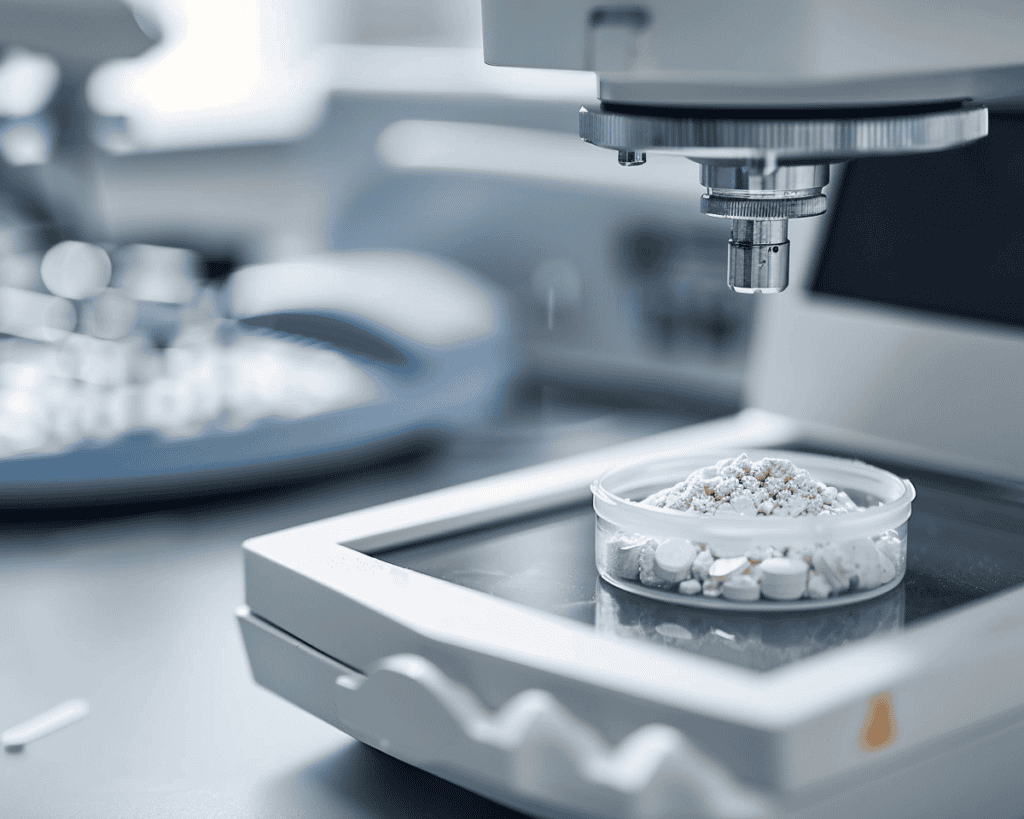
Conclusion
Making a reference solution for HPLC analysis doesn’t have to be complicated. With careful preparation and attention to detail, you can ensure accurate and reliable results. Have you faced any challenges with HPLC analysis? Share your experiences and tips – let’s learn from each other!
For more detailed guidelines and troubleshooting tips, check out reputable sources from FDA’s HPLC Guidelines and USP-NF standards.
Remember, precision and accuracy are your best friends in HPLC analysis.
By breaking down the process into manageable steps and addressing common concerns, you can master the art of preparing reference solutions for HPLC. What challenges have you encountered in your HPLC work? Let’s continue the conversation and help each other out!

